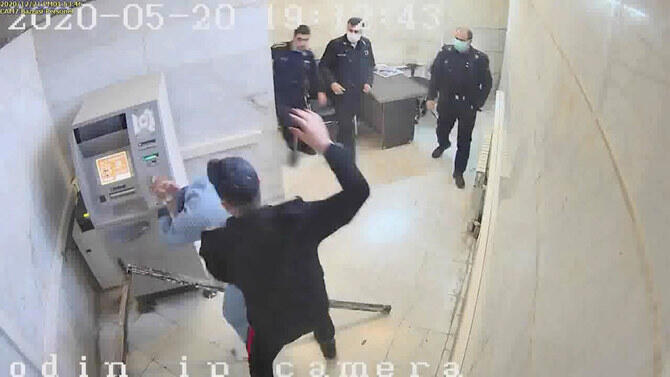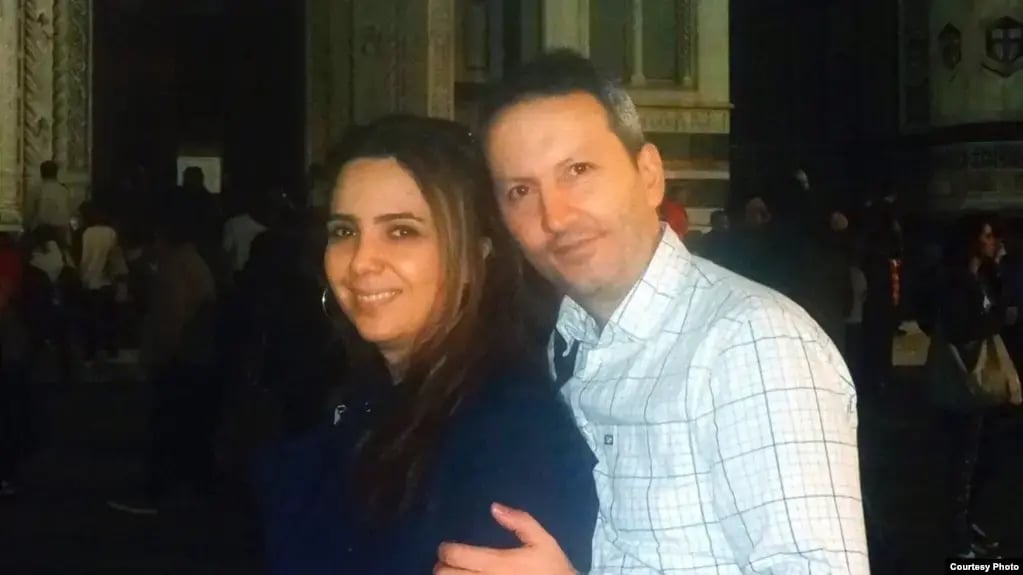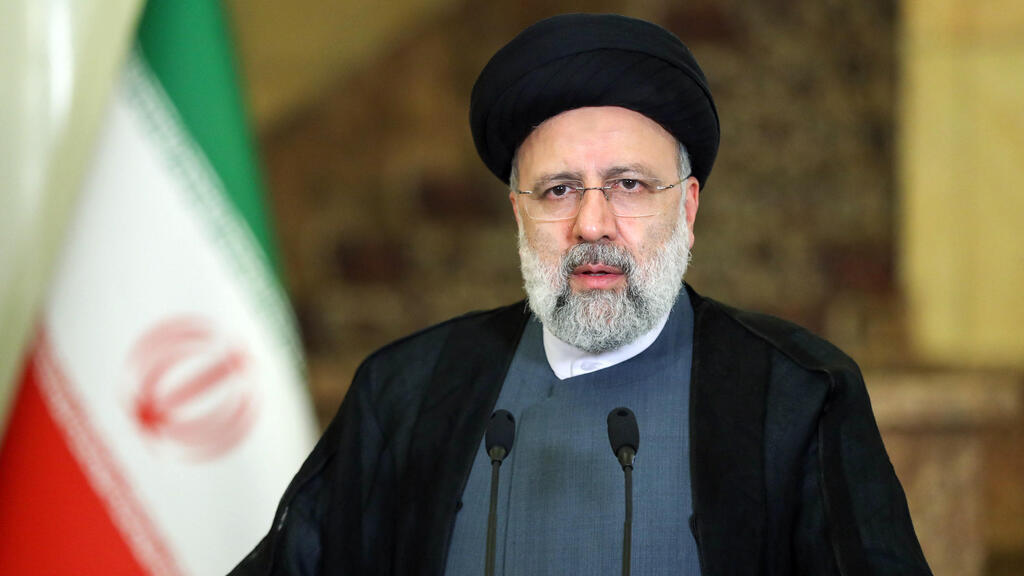Getting your Trinity Audio player ready...
Vida Mehrannia is trying to save her husband's life. Iran is scheduled to put him to death within nine days — May 21.
To Iran, the 50-year-old Ahmad Reza Jalali is a spy for Israel. To his colleagues, he is a respected physician specializing in disaster medicine, a most demanding field. To Mehrannia, he is a beloved husband.
"It's a nightmare. They want to sacrifice my husband," Mehrannia told The Associated Press from Stockholm, where she lives with her 10-year-old son and 19-year-old daughter who have not seen their father in the six years since his arrest.
Mehrannia pins her fading hopes on Jalali's Swedish citizenship and Stockholm's attempts to push for his release. The extent of those efforts is unclear, though the Swedish foreign minister called her Iranian counterpart last week and, along with the European Union, expressed categorical opposition to the death penalty and demanded Jalali be released.
But it appears that Jalali's very ties to Sweden are what landed him in an Iranian prison.
In Iran, some foreigners are pawns, both in Tehran's internal political rivalries and in tensions between Tehran and Western capitals, analysts say. A pattern of Westerners being picked up has grown increasingly visible since the collapse of Iran's nuclear deal with world powers.
On Wednesday, Iran said it detained two unidentified Europeans just hours after the European Union envoy touched down In the capital in a last-ditch effort to save the tattered atomic accord.
Iran has imprisoned at least a dozen dual nationals in recent years. Most of them are held on widely disputed spying charges.
Here's a look at the forces at play in Jalali's case.
How did it start?
Jalali was born in Iran's northwestern town of Tabriz. He built a successful career in Italy and Sweden, publishing over 40 articles in medical journals and teaching across the continent. When an Iranian university invited him to a workshop in April 2016, he didn't think twice about attending.
He never saw his family again.
Security services scooped him up, accused him of leaking details about Iranian nuclear scientists believed to have been killed by the Mossad and whisked him to Iran's notorious Evin Prison where he was sentenced to death.
Meanwhile, a landmark quest in Sweden to hold accountable a former Iranian official accused of committing atrocities has kindled outrage back in Tehran.
The two cases have coincided uneasily. Hamid Nouri is standing trial in Stockholm for war crimes and murder committed during the Iran-Iraq war — a conflict that ended more than a quarter-century ago and haunts Tehran to this day.
What is happening between Iran and Sweden?
For the first time, several Iranians who survived mass executions at the end of the Iran-Iraq war have taken the stand in a Swedish court.
3 View gallery


A frame grab taken from video shows a guard beating a prisoner at Evin prison in Tehran, Iran
(Photo: AP)
Iran denies any link between the contentious trial and Jalali's death sentence -- declared to be imminent last week as the Swedish court proceedings grabbed international headlines. Iran's judiciary spokesman on Tuesday declared Jalali's verdict final. His family believes the cases are linked.
The allegations in Sweden date back to 1988, after Iran's then-Supreme Leader Ayatollah Ruhollah Khomeini accepted a UN-brokered cease-fire. Members of the Iranian opposition group Mujahedeen-e-Khalq, heavily armed by Saddam Hussein, stormed across the Iranian border from Iraq in a surprise attack. Iran blunted their assault.
The sham trials of political prisoners began around that time, with defendants asked to identify themselves. Those who responded "mujahedeen" were sent to their deaths, according to a 1990 Amnesty International report. International rights groups estimate that as many as 5,000 people were executed.
Iran has sought to bury this dark chapter of history. But now the sensitive memories are being dragged to light. Former prisoners have told the Swedish court that Nouri, a former Iranian judiciary official, handed down death sentences, guided convicts to chambers where they were executed and helped prosecutors gather the names of those sympathetic to the mujahedeen. Nouri denies involvement.
The verdict is expected in July and, if found guilty, the 61-year-old Nouri could face a life sentence. The case reverberates in Tehran, where the hard-liner former judiciary chief Ebrahim Raisi served on the commissions that issued execution orders.
Iran is outraged, condemning the proceedings as "an unjust and illegal show trial."
Iranian authorities have since detained another Swedish citizen, a tourist traveling in the country, Sweden's Foreign Ministry confirmed last week.
Why does Iran detain foreigners?
Four decades ago, young Iranian revolutionaries stormed the U.S. Embassy and took 52 Americans hostage for 444 days. They were released in 1981, but Iran's policy of hostage-taking never ended, analysts say.
"It ebbs and flows, but this has been a notorious page in the Islamic Republic's playbook since 1979," said Ray Takeyh, an Iran expert at the Council on Foreign Relations. "Iran usually detains foreign nationals as a means of getting leverage or something else from that other country."
The tactic has burst into public view as prisoner swaps gain traction. When Tehran's nuclear accord with world powers took effect in 2016, four American captives flew home from Iran. That same day, the Obama administration airlifted Iran $400 million in cash.
More recently this spring, two British citizens who had been jailed in Iran for more than five years were returned home after the U.K. settled a decades-old debt to Iran.
Today there are at least four Americans, two Germans, two Austrians and two French citizens known to be detained in Iran.
A United Nations panel describes their incarceration as part of "an emerging pattern involving the arbitrary deprivation of liberty of dual nationals."



